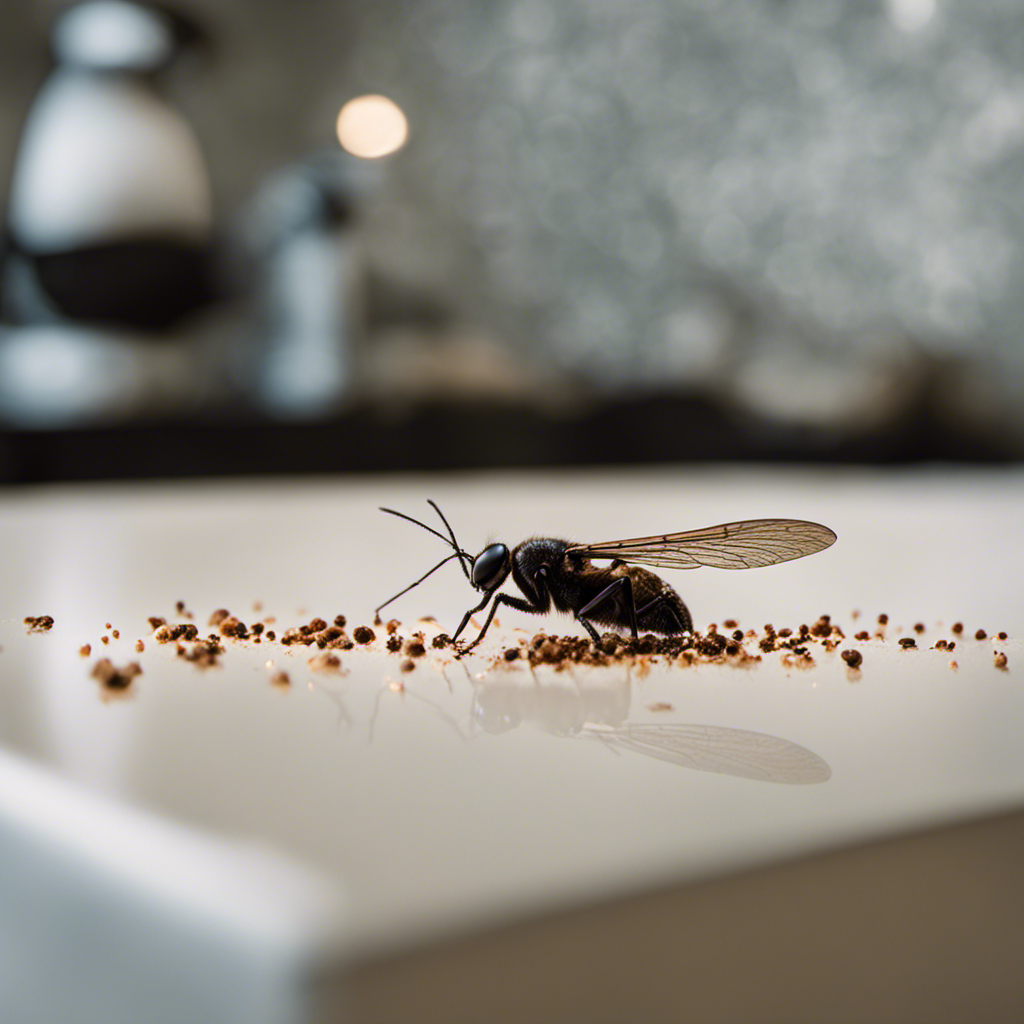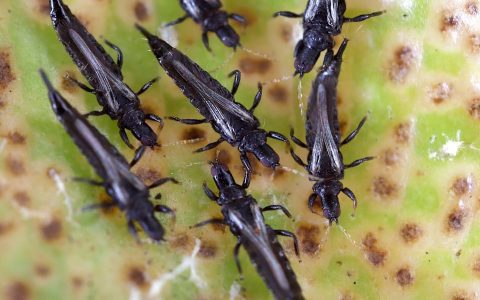Identifying and Addressing Tiny Black Bugs in Bathrooms
Tiny black bugs in bathrooms are usually attracted to moisture and organic matter. Accurate identification helps in targeted control.
Common Types:
- Drain Flies (Psychodidae): Small, fuzzy, moth-like insects often seen near drains. They breed in the organic film inside pipes. Their larvae are tiny and worm-like.
- Springtails (Collembola): Minuscule, wingless insects that jump when disturbed. They favor damp areas and feed on mold, mildew, or decaying organic material. Often found near leaks or damp surfaces.
- Fungus Gnats (Mycetophilidae/Sciaridae): Small, dark, mosquito-like flies drawn to dampness, mold, and frequently overwatered potted plants. Their larvae live in moist organic matter.
- Booklice (Psocids): Very small, soft-bodied insects (can appear dark, though often pale) that consume mold and mildew in humid environments. They may be found on damp walls or paper products.
- Ants (Formicidae): Some species of ants are very small and black. They may forage into bathrooms for water or food particles.
Primary Causes:
- Excessive Moisture: From leaks in plumbing, condensation, poor ventilation, or consistently wet surfaces.
- Organic Build-up: Accumulations of hair, soap scum, skin cells, and other organic debris in drains, on floors, or in crevices provide food.
- Mold and Mildew Growth: These fungi thrive in damp conditions and serve as a direct food source for several of these pests.
Effective Control Measures:
1. Reduce Moisture:
- Repair all leaks promptly (pipes, faucets, toilet base, shower seals).
- Improve ventilation: consistently use an exhaust fan during and for at least 30 minutes after showers/baths. If no fan, open a window.
- Wipe down wet surfaces such as shower walls, counters, and floors after use.
- Consider using a dehumidifier if the bathroom remains chronically damp.
2. Eliminate Food Sources & Breeding Sites:

- Thoroughly clean drains regularly: use a stiff drain brush and an appropriate enzymatic drain cleaner or a mixture of baking soda and vinegar followed by boiling water to remove organic slime.
- Regularly scrub tiles, grout lines, shower doors/curtains, and hidden corners to remove soap scum, body oils, and mold/mildew.
- Wash bathmats, towels, and shower curtains frequently in hot water.
- If bathroom plants are present, ensure they are not overwatered and that their soil is not a source of fungus gnats.
- Empty trash cans regularly.
3. Seal Entry Points:
- Inspect and seal cracks or gaps around pipes, baseboards, window frames, and utility entry points with caulk.
- Ensure window screens are intact and fit properly.
Consistent application of these hygiene and maintenance practices is typically sufficient to eliminate and prevent these common bathroom pests. If an infestation is severe or persists despite these efforts, consulting a qualified pest control professional for identification and targeted treatment is recommended.










